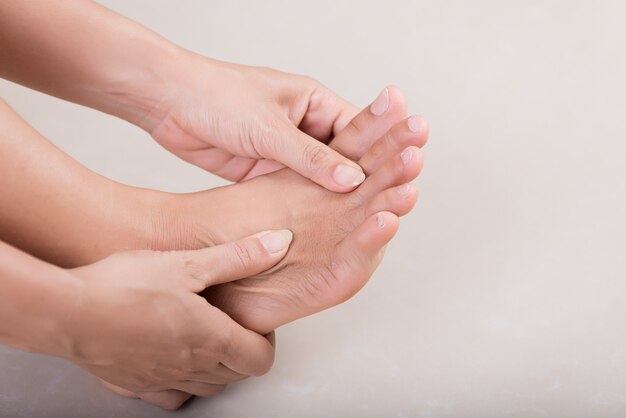Turf toe is a common injury among athletes, particularly in sports that require sudden stops, jumps, or pivots, such as football, soccer, and basketball. Despite its name, turf toe can occur on any surface, but it is most associated with artificial turf, which is less forgiving than natural grass. Understanding the symptoms, causes, and treatment options for turf toe is crucial for effective management and recovery.
Symptoms of Turf Toe
Turf toe is characterized by various symptoms that can range from mild to severe, depending on the extent of the injury. Common symptoms include:
- Pain: The primary symptom is pain at the base of the big toe, which can be sharp or throbbing. The pain often worsens with movement or pressure.
- Swelling: Inflammation and swelling around the toe joint may occur, making it difficult to move the toe.
- Stiffness: The affected toe may become stiff, limiting its range of motion and causing discomfort during activities.
- Bruising: Discoloration may appear around the toe joint, indicating bruising from the injury.
- Difficulty Walking: In severe cases, individuals may experience difficulty walking or putting weight on the affected foot.
Causes of Turf Toe
Turf toe typically results from a sprain of the ligaments surrounding the big toe joint. The injury usually occurs when the toe is forcibly bent upward (dorsiflexed) while the foot is planted on the ground. Common causes include:
- Sudden Stopping or Jumping: Athletes who suddenly stop, jump, or pivot are at a higher risk for turf toe, especially when their foot is planted on a hard surface.
- Overuse: Repeated stress on the toe joint can lead to inflammation and injury, making athletes more susceptible to turf toe.
- Improper Footwear: Wearing shoes that do not provide adequate support or have a stiff sole can increase the risk of turf toe.
- Playing Surface: Artificial turf can be harder and less forgiving than natural grass, increasing the likelihood of injuries like turf toe.
Treatment of Turf Toe
The treatment for turf toe varies depending on the severity of the injury. Most cases can be managed conservatively, but severe injuries may require medical intervention. Here are common treatment options:
- Rest: Avoiding activities that exacerbate the pain is crucial for recovery. Resting the affected foot allows the ligaments to heal.
- Ice Therapy: Applying ice to the toe for 15-20 minutes every hour can help reduce swelling and numb the pain.
- Compression: Using a compression bandage or wrap can help control swelling and provide support to the toe joint.
- Elevation: Keeping the foot elevated above heart level can assist in reducing swelling and promoting healing.
- Medications: Over-the-counter pain relievers such as ibuprofen or acetaminophen can help manage pain and reduce inflammation.
- Physical Therapy: In cases of severe injury, physical therapy may be recommended to strengthen the toe and improve flexibility.
- Footwear Modifications: Wearing supportive footwear and avoiding hard surfaces can help prevent re-injury during recovery.
- Surgery: In rare cases, surgical intervention may be necessary for severe turf toe injuries that do not respond to conservative treatment.
Prevention Tips
Preventing turf toe involves taking proactive measures, especially for athletes:
- Proper Footwear: Invest in shoes that provide adequate support and cushioning, especially when playing on artificial turf.
- Strengthening Exercises: Strengthening the muscles around the toe joint can help reduce the risk of injury.
- Warm-Up and Stretching: Proper warm-up routines and stretching exercises can improve flexibility and reduce the likelihood of injuries.
- Monitor Playing Surface: Being aware of the playing surface and adjusting play accordingly can help minimize the risk of turf toe.
Turf toe is a common yet manageable injury that can significantly impact an athlete’s performance and daily activities. Understanding the symptoms, causes, and treatment options is essential for effective recovery and prevention. By taking appropriate measures, athletes can minimize their risk of turf toe and continue to participate in their favorite sports safely. If symptoms persist or worsen, it is advisable to seek medical attention for a thorough evaluation and personalized treatment plan.










